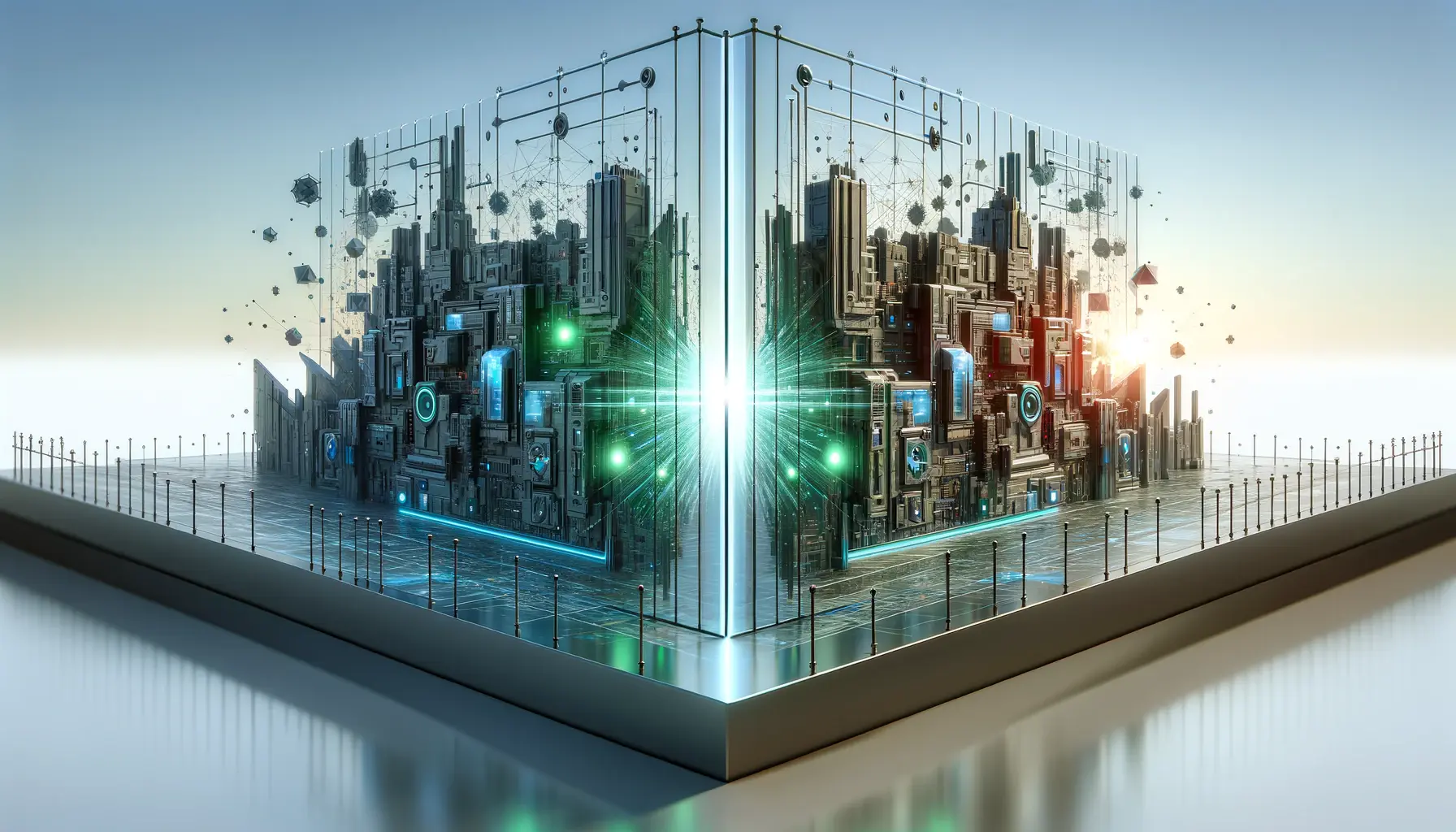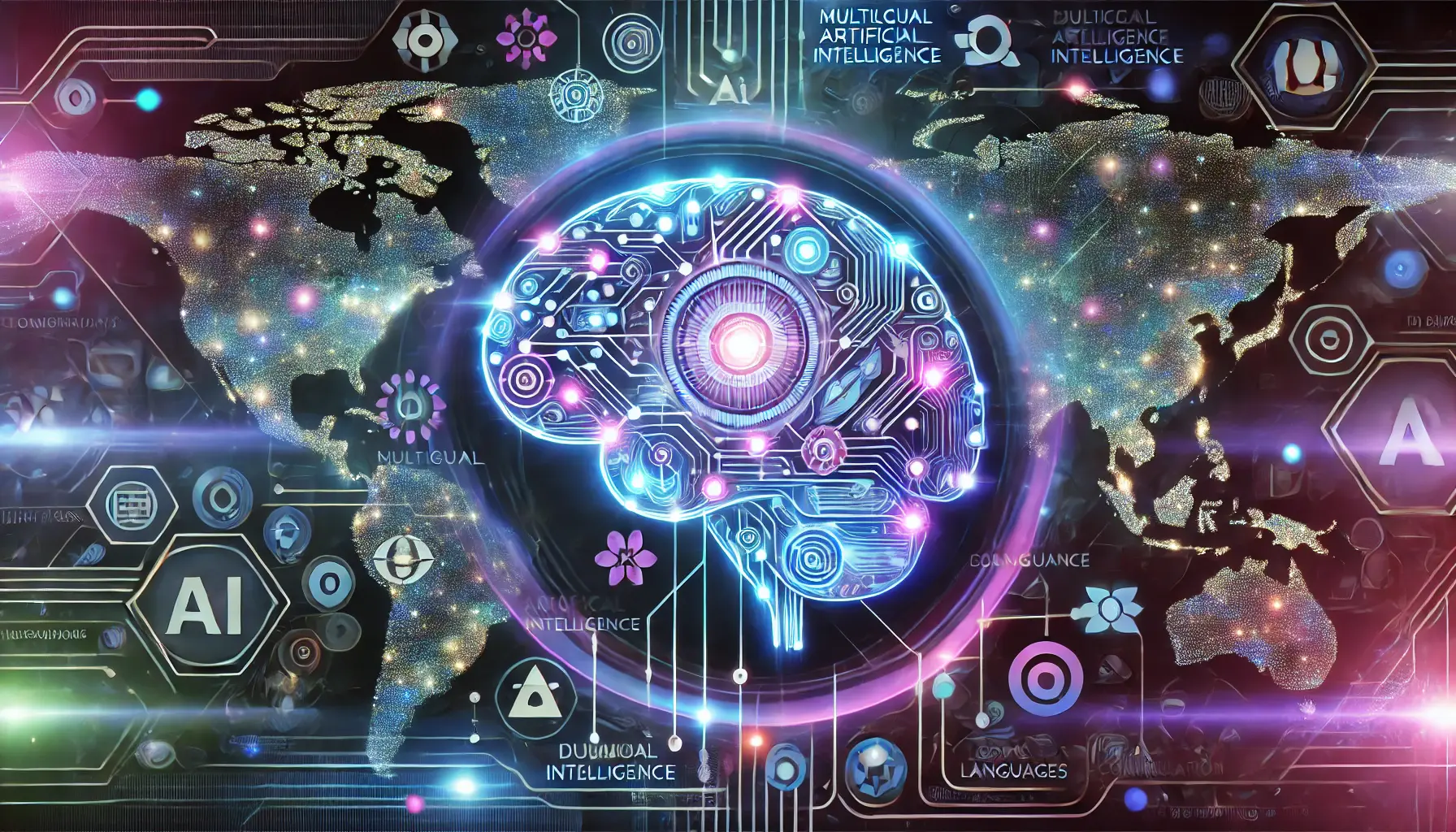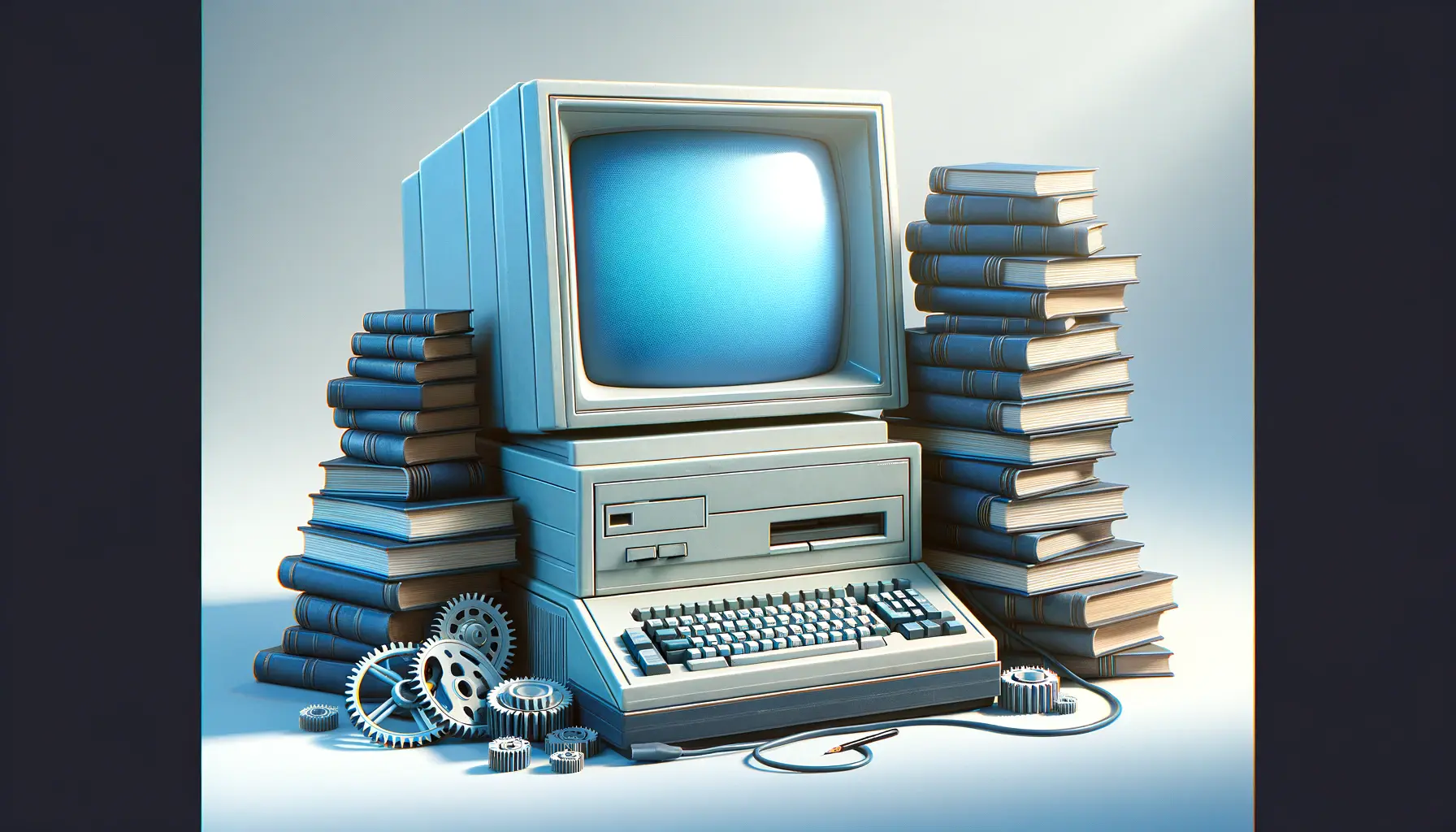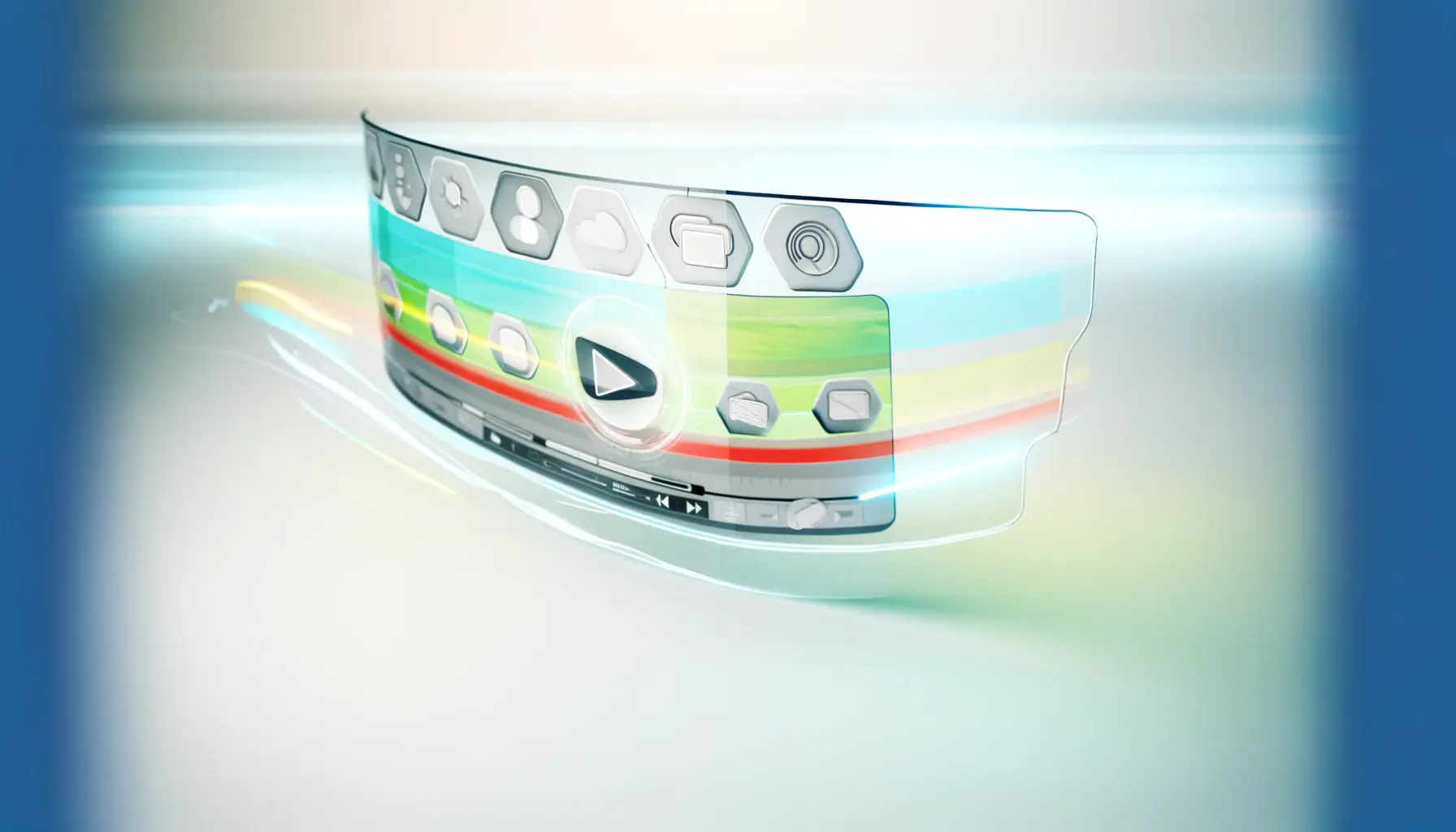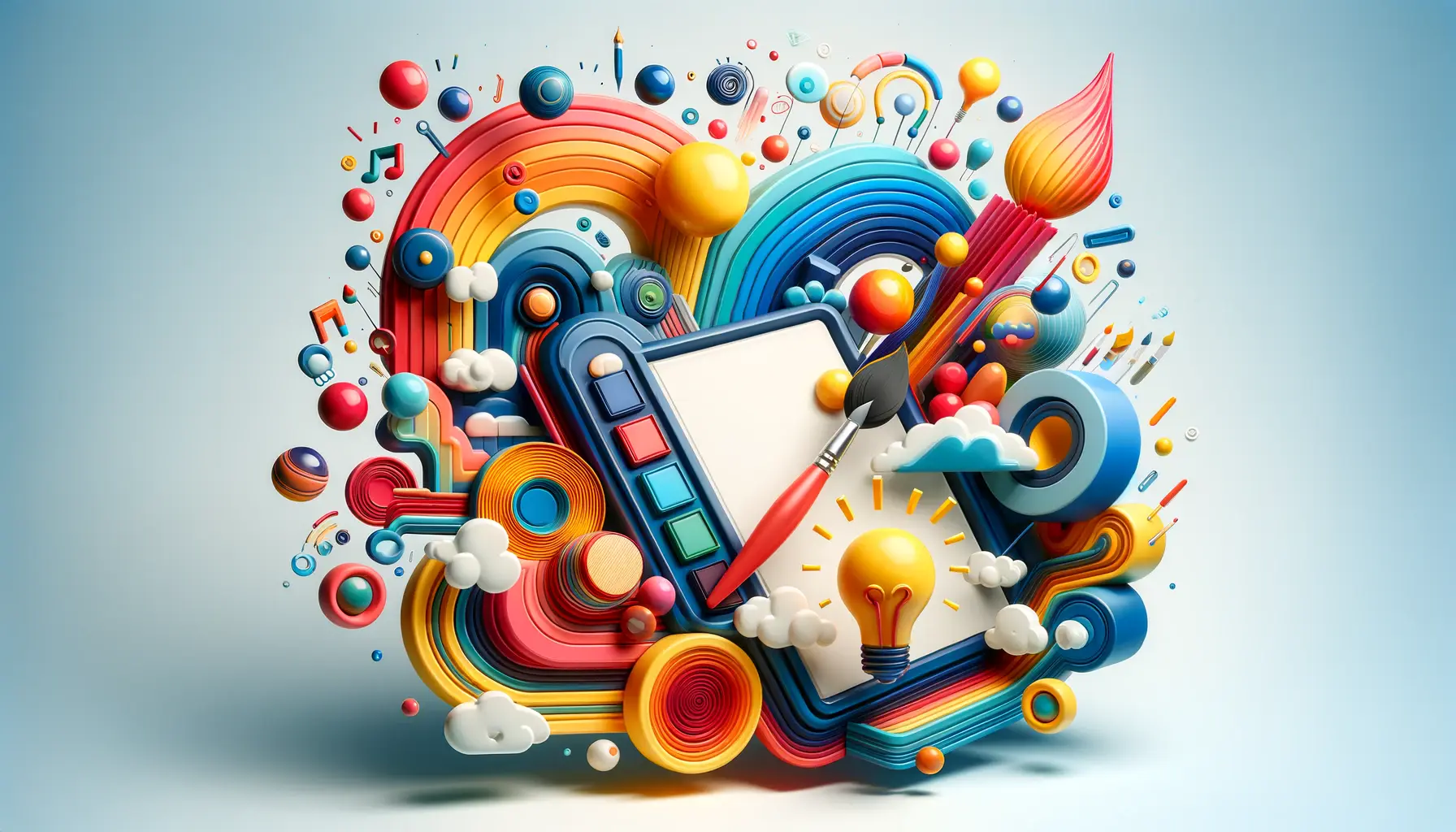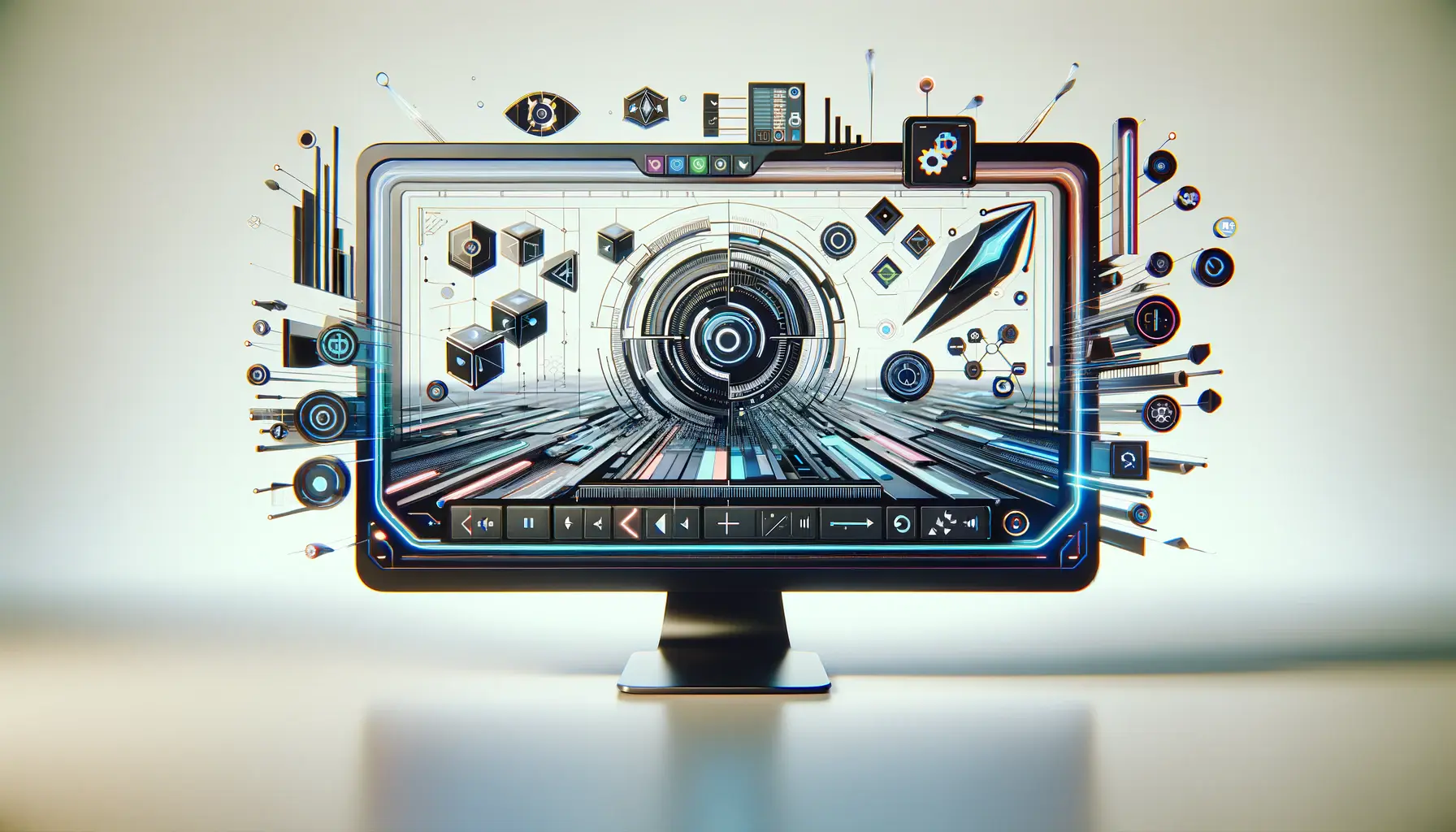In the rapidly evolving landscape of artificial intelligence, OpenAI’s Sora has emerged as a groundbreaking innovation, setting new benchmarks in the realm of video generation models.
This tool, designed to transform text prompts into vivid, high-quality video clips, represents a significant leap forward in AI’s ability to understand and simulate the physical world.
However, like any pioneering technology, Sora comes with its own set of limitations, which are crucial for users and developers alike to comprehend in order to fully leverage its capabilities.
At its core, Sora is a testament to OpenAI’s commitment to pushing the boundaries of what AI can achieve.
By enabling the generation of videos from simple text descriptions, it opens up new avenues for creativity and content creation.
Yet, the technology’s current constraints highlight the challenges that lie ahead in the journey towards creating AI that can seamlessly interpret and replicate the complexities of the real world.
This article delves into the intricacies of Sora, exploring both its remarkable strengths and the hurdles it faces in its path to advancement.
- Introduction to Sora’s Technology
- Limitations of Sora’s Technology
- Enhancing Sora’s Capabilities
- Applications of Sora in Various Industries
- Integrating Sora into Creative Workflows
- Collaborative Opportunities with Sora
- Future Developments in AI Video Generation
- Embracing the Future with Sora’s Limitations and Capabilities
- Sora’s Limitations: Frequently Asked Questions
Introduction to Sora’s Technology
What Sets Sora Apart
Sora distinguishes itself through its ability to generate detailed and dynamic video content based on textual prompts.
Utilizing a sophisticated blend of AI technologies, including diffusion models and transformer architectures, Sora interprets and visualizes text inputs with an unprecedented level of accuracy and creativity.
This capability not only showcases the model’s advanced understanding of language but also its potential to revolutionize video production, making it accessible to a wider audience without the need for extensive technical expertise.
Moreover, Sora’s integration of visual patches and spacetime latent patches enables it to handle videos and images of variable durations, resolutions, and aspect ratios.
This flexibility is a significant advancement over previous models, which were often limited by fixed video sizes and qualities.
By training on a diverse dataset, Sora learns to produce content that is not only visually appealing but also tailored to the specific requirements of different platforms and devices.
Exploring Sora’s Capabilities
One of the most impressive aspects of Sora is its ability to generate complex scenes involving multiple characters, backgrounds, and motions.
Whether it’s a bustling cityscape or a serene natural setting, Sora can bring to life a wide range of environments with remarkable detail.
Additionally, the model’s capacity to create videos up to a minute long allows for the development of more comprehensive and engaging narratives, opening up new possibilities for storytelling and content creation.
However, Sora’s capabilities extend beyond mere video generation.
The model’s use of a recaptioning technique, similar to that employed in DALL·E 3, enhances its ability to closely follow text instructions, resulting in videos that accurately reflect the user’s vision.
This attention to detail is crucial for maintaining the integrity of the generated content and ensuring that it meets the expectations of its creators.
Sora’s innovative use of AI technologies not only sets a new standard for video generation but also highlights the potential of AI to transform creative processes.

Limitations of Sora’s Technology
Despite its groundbreaking capabilities, Sora’s technology is not without its limitations.
Understanding these constraints is essential for users to set realistic expectations and for developers to identify areas for improvement.
The limitations of Sora span various aspects of video generation, from physical accuracy to the model’s understanding of complex scenarios.
Challenges in Physical Accuracy and Continuity
Sora sometimes struggles with accurately simulating the physics of certain interactions, leading to videos that may not fully adhere to real-world principles.
This limitation can manifest in various ways, such as objects moving unnaturally or physical reactions not aligning with expectations.
Additionally, maintaining continuity over longer video sequences remains a challenge, with occasional inconsistencies in object positions or behaviors.
- Inaccurate physical interactions: Difficulty in modeling complex physical dynamics accurately.
- Continuity errors: Occasional lapses in maintaining consistent object behavior or positioning throughout a video.
Understanding Complex Scenarios
Another area where Sora faces limitations is in its understanding of intricate cause-and-effect relationships and spatial details.
While the model excels at generating visually stunning scenes, it may not always grasp the subtleties of complex narratives or accurately interpret spatial relationships between objects, leading to videos that, while impressive, might miss the mark in terms of narrative coherence or logical progression.
- Limited grasp of cause and effect: Struggles with scenarios requiring a deep understanding of sequential actions and their consequences.
- Spatial detail inaccuracies: Challenges in accurately modeling the spatial dynamics and relationships between objects in a scene.
Awareness of these limitations is crucial for effectively utilizing Sora and for guiding the future development of AI-driven video generation technologies.

Enhancing Sora’s Capabilities
Despite the limitations currently faced by Sora, there are ongoing efforts and potential strategies aimed at enhancing its capabilities.
These initiatives focus on addressing the challenges in physical accuracy, continuity, and the understanding of complex scenarios.
By leveraging advancements in AI research and incorporating feedback from a diverse range of users, developers are working to push the boundaries of what Sora can achieve.
Improving Sora’s technology involves a multifaceted approach, combining technical innovation with a deep understanding of user needs and creative processes.
The following strategies highlight the key areas of focus for enhancing Sora’s video generation capabilities:
- Advanced training techniques: Employing more sophisticated machine learning models and training methods to improve Sora’s understanding of physics and spatial relationships.
- Increased dataset diversity: Expanding the range of videos and images used for training to include a wider variety of physical interactions and complex scenarios.
- User feedback integration: Actively incorporating feedback from users to identify common issues and areas for improvement, ensuring that Sora evolves in line with the needs of its diverse user base.
Future Directions in AI Video Generation
The quest to enhance Sora’s capabilities is part of a broader effort within the AI community to create more advanced and versatile video generation models.
These future directions include exploring new architectures and algorithms that can better simulate the intricacies of the real world, as well as developing models that can learn from a broader spectrum of data sources.
The ultimate goal is to create AI systems that can generate videos not only with high visual fidelity but also with a deep understanding of narrative structures, emotional dynamics, and cultural contexts.
- Exploring new AI architectures: Investigating alternative models and frameworks that offer improved performance in video generation tasks.
- Enhancing narrative understanding: Developing techniques to enable AI models to better grasp and replicate complex storylines and emotional nuances in video content.
- Cross-modal learning: Fostering AI systems capable of learning from and integrating information across different data types, including text, images, and audio, to create more cohesive and engaging videos.
The ongoing development of Sora and similar technologies reflects the AI community’s commitment to overcoming current limitations and unlocking new creative possibilities in video production.

Applications of Sora in Various Industries
The advent of Sora has opened up a plethora of possibilities across various industries, showcasing the versatility and transformative potential of AI-driven video generation.
From entertainment and education to marketing and beyond, Sora’s ability to turn textual descriptions into vivid video content is revolutionizing how visual media is created and consumed.
This section explores the diverse applications of Sora, highlighting its impact on different sectors.
By harnessing Sora’s capabilities, industries can streamline their content creation processes, enhance storytelling, and engage audiences in innovative ways.
The following are key areas where Sora is making significant inroads:
- Entertainment and Media: In the realm of film and video production, Sora enables creators to rapidly prototype scenes and visualize concepts, significantly reducing the time and resources required for pre-production.
Additionally, it offers new avenues for creating animated content, opening up endless possibilities for storytelling. - Education and Training: Educational content creators can leverage Sora to produce instructional videos and simulations that are both engaging and informative.
This enhances the learning experience by providing visual aids that help explain complex concepts in a more digestible manner. - Marketing and Advertising: Marketers can use Sora to create compelling video ads and promotional content tailored to their target audience.
By generating customized videos based on textual prompts, companies can more effectively capture the essence of their brand and communicate their message. - Game Development: Sora offers game developers a tool for creating cinematic trailers and in-game cutscenes with ease.
This not only accelerates the development process but also allows for a higher degree of creativity and experimentation in game storytelling.
Enhancing Creative Processes
Beyond its practical applications, Sora is also influencing the creative processes across these industries.
By automating aspects of video production, Sora allows creators to focus more on the conceptual and narrative elements of their work, pushing the boundaries of creativity.
Furthermore, it democratizes video production, making it accessible to individuals and organizations without extensive technical expertise or resources.
- Streamlining content creation: Reducing the barriers to video production and enabling more creators to bring their visions to life.
- Encouraging experimentation: Allowing creators to explore new ideas and concepts without the constraints of traditional video production methods.
- Personalizing content: Enabling the creation of highly customized videos that cater to specific audiences or purposes.
Sora’s impact on various industries underscores the transformative potential of AI in enhancing creative endeavors and revolutionizing how we produce and engage with video content.

Integrating Sora into Creative Workflows
The integration of Sora into creative workflows represents a paradigm shift in content creation, offering a blend of efficiency, innovation, and accessibility.
By automating the video generation process, Sora allows creators to focus on the artistic and narrative aspects of their projects, while significantly reducing production times and costs.
This section delves into the practicalities of incorporating Sora into various creative processes, highlighting the benefits and considerations for content creators.
Adopting Sora within creative workflows involves understanding its capabilities and limitations, tailoring its use to complement traditional content creation methods.
Here are strategies and benefits of integrating Sora into creative projects:
- Pre-visualization and Storyboarding: Filmmakers and animators can use Sora to quickly generate visual representations of scenes or concepts, facilitating the pre-visualization and storyboarding phases.
This not only speeds up the decision-making process but also enhances collaboration among team members. - Content Customization: Marketers and advertisers can harness Sora to create tailored video content for different platforms, audiences, or campaigns.
This level of customization allows for more targeted and effective communication strategies. - Educational Material Development: Educators and instructional designers can leverage Sora to produce educational videos that are both engaging and informative, making complex subjects more accessible to learners.
- Experimental Art Projects: Artists and designers can explore new forms of expression by incorporating AI-generated videos into their work, pushing the boundaries of digital art and storytelling.
Maximizing the Potential of Sora
To fully benefit from Sora’s capabilities, creators should consider the following best practices when integrating the tool into their workflows:
- Experiment with different prompts and settings to understand how Sora responds to various inputs and to discover the optimal configurations for specific project requirements.
- Combine Sora-generated content with traditional video editing and production techniques to enhance quality and add personal touches, ensuring the final output aligns with the creator’s vision.
- Stay informed about updates and improvements to Sora, as ongoing development efforts are likely to expand its capabilities and address current limitations.
Integrating Sora into creative workflows not only streamlines the content creation process but also opens up new possibilities for innovation and storytelling.
By embracing this technology, creators can enhance their productivity, explore new artistic avenues, and engage audiences in novel and impactful ways.
The successful integration of Sora into creative workflows signifies a step forward in the convergence of AI and creativity, offering a glimpse into the future of content creation.

Collaborative Opportunities with Sora
The introduction of Sora into the creative and technological landscapes fosters not only innovation in content creation but also opens up collaborative opportunities across disciplines.
By bridging the gap between AI technology and creative industries, Sora facilitates partnerships that can lead to the development of groundbreaking projects and solutions.
This section explores the collaborative potential that Sora brings to various fields, emphasizing the synergy between AI and human creativity.
Collaboration with Sora transcends traditional boundaries, enabling a confluence of ideas, skills, and visions.
Here are key areas where Sora is catalyzing collaborative opportunities:
- AI Research and Creative Industries: Sora serves as a platform for collaboration between AI researchers and creative professionals, encouraging the exchange of knowledge and the exploration of new applications for AI in content creation.
- Education and Technology: By integrating Sora into educational content development, educators and technologists can work together to create immersive learning experiences that cater to the needs of diverse learners.
- Marketing and AI Development: Marketers and AI developers can collaborate using Sora to craft personalized advertising campaigns that leverage AI-generated content for enhanced consumer engagement.
- Entertainment and Software Engineering: The entertainment industry’s adoption of Sora fosters collaboration with software engineers to push the limits of video production and storytelling through AI.
Enhancing Collaboration through Sora
To maximize the collaborative potential of Sora, participants from different fields should consider the following strategies:
- Engage in cross-disciplinary workshops and brainstorming sessions to identify innovative uses of Sora and to foster a shared understanding of AI’s role in creative processes.
- Develop platforms and tools that facilitate the integration of Sora into various workflows, making it easier for professionals from different backgrounds to collaborate on projects.
- Share case studies and success stories of Sora-driven projects to inspire further collaboration and to demonstrate the tangible benefits of integrating AI into creative and technological endeavors.
The collaborative opportunities presented by Sora underscore the transformative impact of AI on creative and technological fields.
By fostering partnerships that leverage the strengths of both AI and human creativity, Sora is paving the way for innovative projects that can redefine the landscape of content creation and beyond.
Embracing the collaborative potential of Sora not only enhances the capabilities of individuals and teams but also contributes to the advancement of AI technology and its applications in society.

Future Developments in AI Video Generation
The journey of AI in video generation, epitomized by tools like Sora, is on a trajectory of rapid evolution and expansion.
As we look to the future, the potential developments in this field promise to further revolutionize how we create, consume, and interact with video content.
This section explores the anticipated advancements in AI video generation technology and the implications for creators, industries, and consumers alike.
Future developments in AI video generation are expected to address current limitations, introduce new capabilities, and open up even more applications across various sectors.
Here are some key areas of focus for future advancements:
- Enhanced Realism and Detail: Ongoing improvements in AI models and training methodologies aim to produce videos with even greater realism, detail, and physical accuracy, making the generated content indistinguishable from real footage.
- Improved Narrative and Emotional Intelligence: Future AI video generators will likely possess advanced narrative understanding, enabling them to create content that not only looks realistic but also resonates emotionally with viewers.
- Interactive and Real-time Video Generation: Developments in real-time processing and interactivity will allow users to generate and modify video content on the fly, opening up new possibilities for live entertainment, gaming, and virtual reality experiences.
- Accessibility and User-friendliness: As AI video generation technology becomes more sophisticated, efforts will be made to ensure it remains accessible and user-friendly, enabling a wider range of people to harness its creative potential.
Implications for the Future of Content Creation
The future developments in AI video generation are set to have profound implications for content creation and the broader media landscape.
By making high-quality video production more accessible, AI will democratize content creation, enabling individuals and small teams to produce content that rivals that of larger studios.
Furthermore, as AI becomes capable of generating more nuanced and emotionally engaging content, we can expect a shift in how stories are told and experiences are crafted, leading to a richer and more diverse media ecosystem.
- Democratization of video production: Lowering the barriers to entry for high-quality video content creation.
- Innovation in storytelling: Opening up new avenues for creative expression and narrative experimentation.
- Personalization and customization: Allowing for the creation of highly personalized video content tailored to individual preferences and contexts.
The advancements in AI video generation, while promising, also underscore the importance of ethical considerations, particularly in terms of content authenticity and copyright.
As the technology progresses, it will be crucial to develop frameworks and guidelines that ensure its responsible use.
The future of AI video generation holds exciting possibilities for transforming the creative landscape, offering new tools for expression and storytelling while challenging us to navigate the ethical implications of this powerful technology.
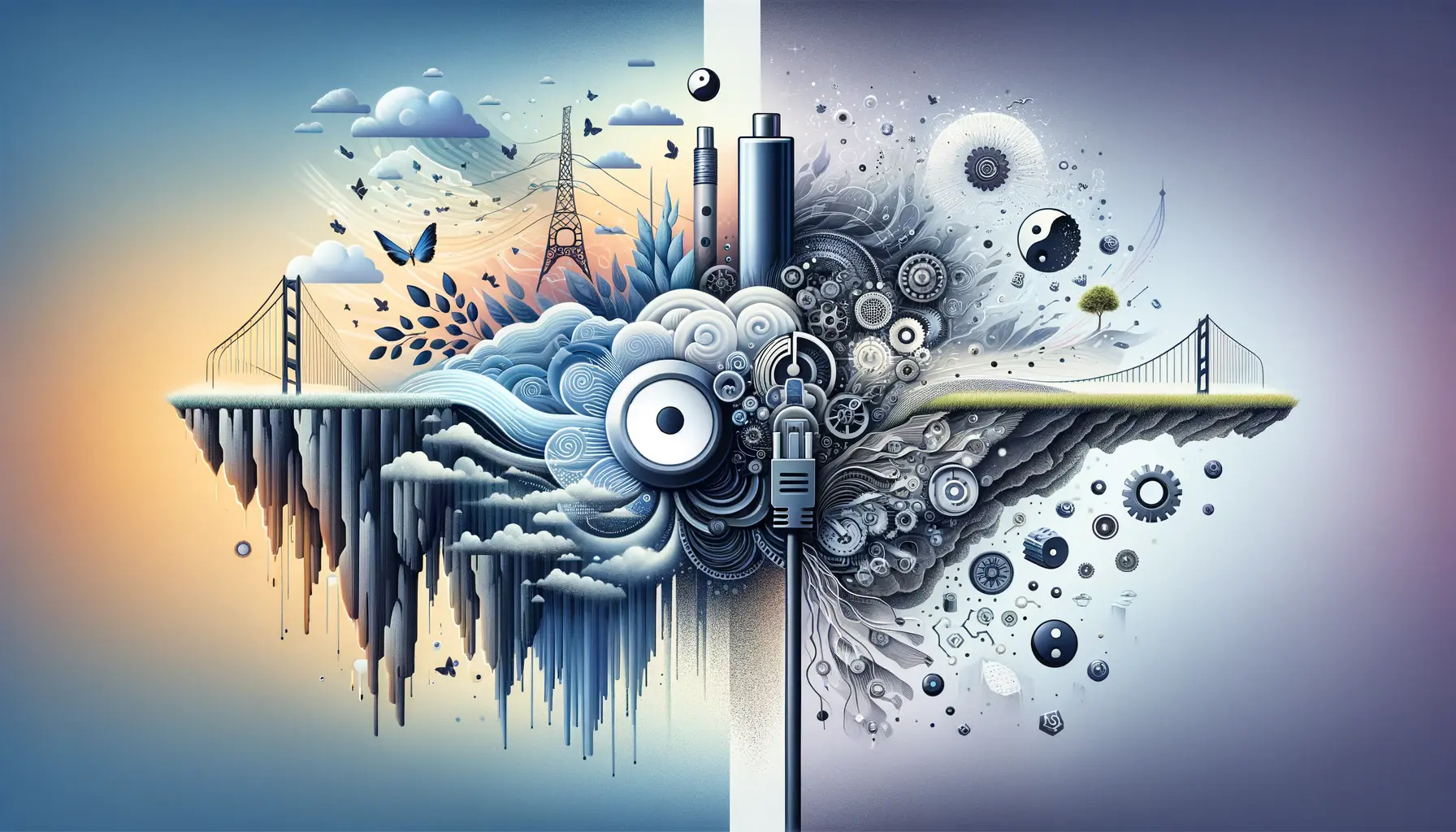
Embracing the Future with Sora’s Limitations and Capabilities
The exploration of Sora’s limitations and capabilities offers a comprehensive understanding of the current state and future potential of AI-driven video generation.
As we have navigated through the intricacies of Sora, from its groundbreaking capabilities to the challenges it faces and the collaborative opportunities it fosters, a clear picture emerges.
Sora is not just a tool for creating videos; it is a catalyst for innovation, creativity, and collaboration across various industries and disciplines.
The Path Forward
The journey of integrating Sora into creative workflows and the anticipation of future developments in AI video generation highlight a pivotal moment in content creation.
The evolution of Sora and similar technologies promises to democratize video production, making it accessible to a broader audience and fostering a new era of storytelling and creative expression.
However, this journey also underscores the importance of addressing the limitations of current technology, ensuring that advancements in AI video generation are guided by ethical considerations and a commitment to enhancing human creativity.
- Continued innovation to overcome current limitations
- Collaboration between AI researchers and creative professionals to unlock new possibilities
- Development of ethical frameworks to govern the use of AI in content creation
Conclusion
In conclusion, Sora represents a significant step forward in the field of AI video generation, offering a glimpse into the future of how we create and interact with video content.
While acknowledging Sora’s limitations is crucial, it is equally important to recognize the vast potential it holds for transforming the creative landscape.
As we look ahead, the continued development of Sora and similar technologies will undoubtedly unlock new dimensions of creativity, storytelling, and collaboration, reshaping the world of video content in ways we have yet to imagine.
Sora’s Limitations: Frequently Asked Questions
Explore common inquiries about Sora’s capabilities and limitations in AI-driven video generation.
Lack of physical accuracy and difficulty depicting precise physical situations and causality are Sora’s main limitations.
While Sora excels in creating detailed scenes, it may struggle with highly complex visuals or accurately simulating lengthy timelines.
Sora can generate videos up to a minute long, with quality and complexity potentially affecting the maximum length.
Sora sometimes struggles with accurately modeling the physics of interactions, leading to potential inaccuracies in physical dynamics.
Yes, Sora can generate complex scenes involving multiple characters, diverse motions, and dynamic backgrounds.
Sora may face challenges in accurately interpreting spatial relationships, affecting the logical progression of scenes.
Ongoing development aims to address Sora’s limitations, enhancing realism, detail, and narrative intelligence in future updates.
Creators should experiment with different prompts, combine Sora’s output with traditional editing techniques, and stay updated on improvements.
